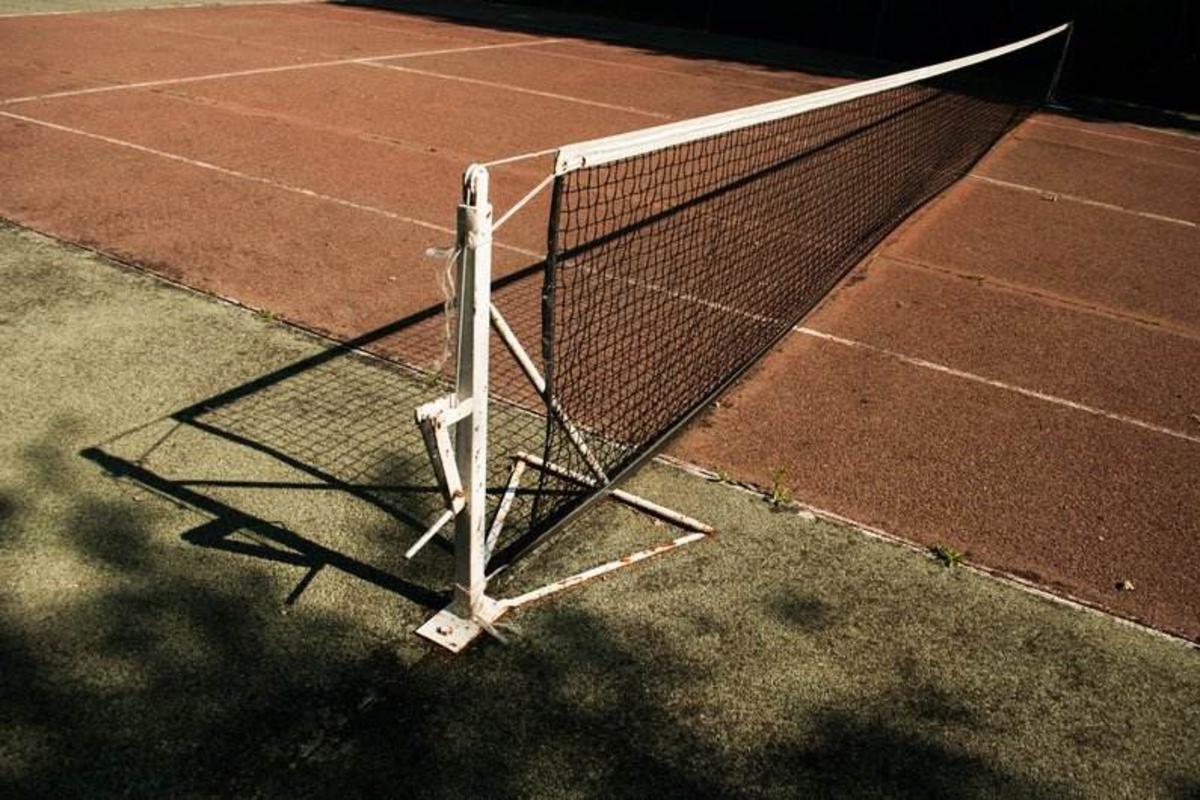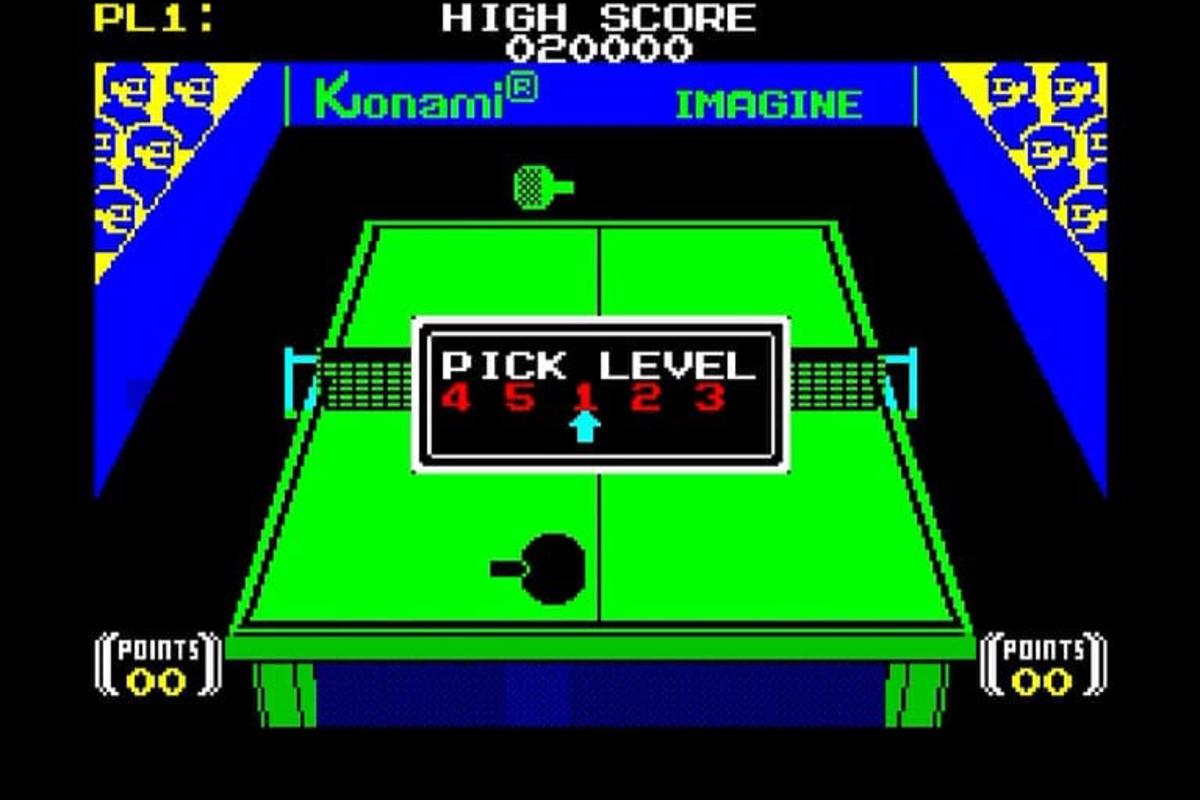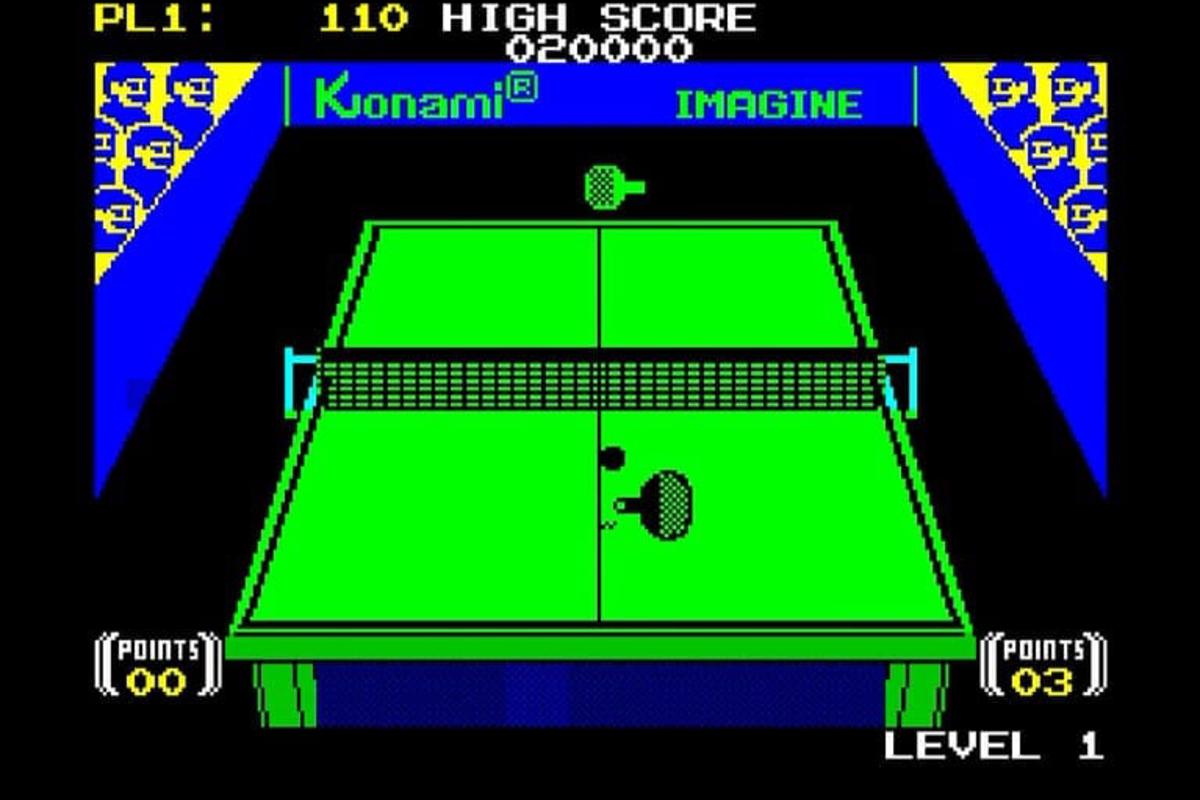Table-tennis, gymnastics and a quest for privacy
I love tennis. I have loved tennis since I was able to hold a racket, aged about five, I spent every moment I could up to my first year at University playing whenever I could.
I was O.K. at it, never great but not-too-shabby either. The trouble is that being not-too-shabby at anything, especially with my hand-eye coordination, requires a ton of practise.
Here was my problem with that, I did not have easy access to a tennis court.
I could play most evenings once I got into Secondary School, but I couldn’t stay too late since I kept losing my Bus-pass and it was a good forty-five minute walk back home, also it can be surprisingly hard to play in failing light and my only real friend went to a different school. This meant we spent a lot of weekends sneaking into nearer Schools in our area, and then playing until we got turfed out by an angry caretaker.

Anyway, while I couldn’t afford to pay club prices to play in decent surroundings, with luxuries like a regulation height net, balls that bounced consistently and courts that weren’t oriented such that you were left staring directly into the sun every two games and scorching your retinas, I could afford to book a table-tennis table at the local leisure centre.
It had loads of advantages, being way nearer to home than my School and substantially less filled with bullies, but it was cheap for several reasons. Some were not too problematic, the main hall, for example, had a viewing gallery that was exposed to the main walkway from the train station into town.
This meant a lot of random strangers watching you do your thing through the glass.
More of an issue were the changing rooms, and showers within them, which were open-plan. In ‘86 I was still a painfully shy fourteen-year-old who didn’t realise that showering in my briefs would draw more attention than just being naked.
This meant a lot of random strangers watching me do my thing in the shower!

For the record, no amount of wringing will get those underpants properly dry, but they will stretch into a weird loose uncomfortable mess.
The biggest problem, though, was their laissez-faire attitude toward bookings. They would sometimes jam other people into the space we had already paid for, more often we got jammed in with other people. Unfortunately this was often a Girls’ Gymnastics class, usually in the corner where the queue formed for the vault.
Young girls, it turns out, can be incredibly judgemental if you’re having a bad day, miss an easy loop-shot, and then accidentally hit them on the arm while expressing your frustration by throwing your bat. They’re also not particularly reserved if you trip over them while trying in vain to retrieve a wide, heavily spun ball, while your ‘friend’ pisses himself laughing.
Luckily, there was an alternative.
The set up

Released in the arcades during the time I was tripping over angry people in leotards and wondering, not for the first time, where my life had gone wrong, Konami’s Ping-Pong was a focused and minimalist simulation of the art of the rubbery bat. It apparently wasn’t hugely popular in the U.K. Still, it’s utter simplicity made it ideal fodder for home conversion and Imagine software, or more specifically Doug Burns, did not disappoint.
The execution
Once you’ve persuaded the dodgy copy you had on the crappy C90 cassette that had held many hundreds of other dodgy copies of games before, to load (What? Who had £7.95 to spend in ‘86? Not me, that’s for damn sure), you’re presented with a simple choice, 1 player or 2. Let’s face it, I was fourteen, the only guy still prepared to talk to me was all into ‘The Sex’ or whatever it was he did with the other people he preferred to be with, so 1 player it was.

Having resigned yourself to the solitude of single player, you then got the option to redefine the keys. This was a ritual performed often in the olden days when games only needed a few directions and a fire button, where you pointed out on the keyboard where you wanted those directions to be. Unless you were posh and had a joystick. I was not posh.

The controls for this game were as simple as the concept warranted, the computer kept track of the ball, all you had to do was tell it what type of shot you wanted to play and time it to perfection.

If you did persuade someone else to join in, a bored sibling perhaps, or maybe the family pet, it was pretty much the same except now there were two of you, each invading the others personal space as you try to find room around the keyboard.
That’s it.
The whole game.
It did precisely one thing, but it did it So. Flipping. Well. Seriously, it looked exactly as good as it needed to. There was no major attribute clashing to worry about, the play-field was crystal clear and the computer played a mean game on later levels. Oh, and it sounded awesome.
If this game had been a person, it would probably be Axl Rose circa, well, ‘86 actually.
Buyers remorse
Looking at it now, it actually holds up extremely well. The game runs at a solid pace and the simple controls respond quickly, leaving you in no doubt that you missed because you’re rubbish, not because the those controls let you down. Having now played the arcade original, it’s clear that this is an amazing conversion.
Now watch as I take ‘Axl’ firmly in hand, stroking again and again until the inevitable, humiliating and ultimately shameful climax!
So?
There’s a lot of fun to be had here as long as you can hold your temper long enough to get your timing down, something I’m not historically known for. I did, though, enjoy my hour or so of remembering exactly why I had such a love-hate relationship with this game. Let’s do scores.
| Game | Publisher | Released | Price | Graphics | Sound | Fun | Final thoughts |
|---|---|---|---|---|---|---|---|
| Ping-Pong | Imagine software | 1986 | £7.95 | 😏 | 😏 | 😏 | ‘Smashing’ your ‘floaters’ is not a good idea. |
Cover image courtesy of Galina9237941221 / Pixabay